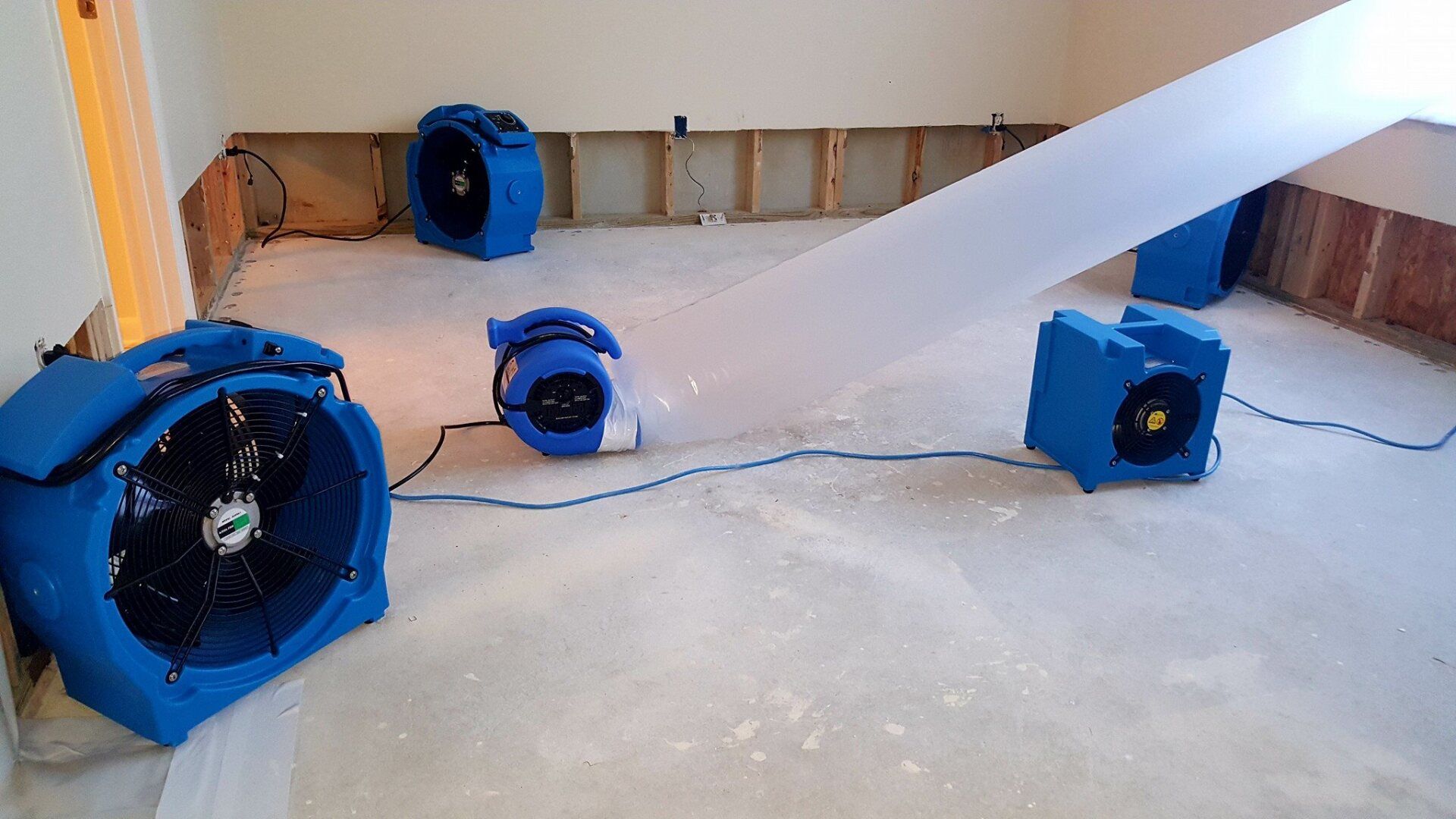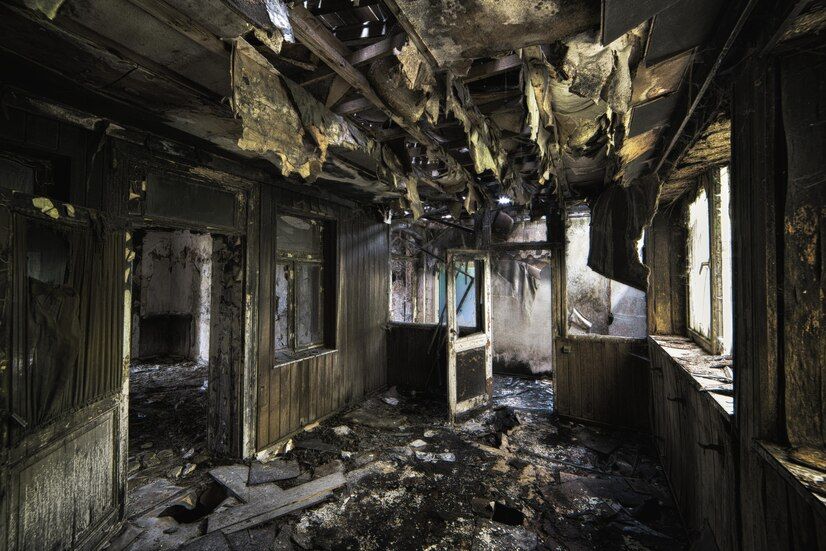Fire damage can be devastating for any homeowner, leaving behind chaos and destruction. While the immediate effects of a fire are often quite visible, the remnants like soot and ash create problems that might not be noticeable at first glance. These fine particles can settle on every surface, affecting the air quality and overall cleanliness of your home. Over time, they can lead to structural damage and even pose health risks if inhaled. This makes it necessary to act quickly and efficiently in cleaning up soot and ash to restore your home and protect your family.
Proper cleanup is not just about aesthetics; it’s about ensuring the safety and integrity of your living space. Soot and ash are composed of tiny carbon particles that can irritate the respiratory system. Without prompt and effective cleaning, they can cause long-term damage both to personal health and household surfaces. In this article, we’ll explore effective methods to clean up soot and ash, emphasizing why professional help is often the best route.
Immediate Steps After Fire Damage
Once the fire is out, the priority is ensuring everyone’s safety and beginning the recovery process. Here’s what you should do right away:
1. Evacuate and Ensure Safety: Make sure everyone is safely out of the affected area. Soot particles can be harmful, so it’s wise to keep children and pets away from the scene until it’s safe.
2. Contact Emergency Services: Even if the fire seems small, it’s important to notify emergency responders to assess any hidden dangers. They can ensure there aren’t any lingering threats, such as gas leaks or structural weaknesses.
3. Notify Your Insurance: Get in touch with your insurance company as soon as possible to report the damage. They can guide you on how to document the damage effectively for any claims.
4. Avoid Touching Soot-Covered Items: It’s tempting to try cleaning up right away, but touching or wiping away soot can drive it further into surfaces, making it harder to remove. Leave items untouched until you can assess the situation thoroughly.
These steps help contain the damage and set the stage for a thorough cleanup. Quick actions can prevent further issues, maintaining the integrity of your home and safeguarding your family’s well-being.
Professional Soot Cleanup Services
Handling soot and ash cleanup effectively often means seeking professional services. Specialists in restoration have the right tools and know-how to manage the aftermath of fire damage safely and efficiently. These professionals use advanced techniques to eliminate soot, minimizing the risk of further damage.
Professional services play a crucial role in addressing the unseen destruction soot can cause. They typically employ industrial-grade vacuums with HEPA filters to capture even the smallest particles, ensuring the air in your home is clean and safe. Chemical sponges and solutions are used to wipe down surfaces without spreading soot deeper into materials.
Engaging experts not only handles what’s visible but also tackles underlying damage that can escalate if left unaddressed. Choosing professional help takes away the guesswork and gives you peace of mind knowing your home is being restored with care and accuracy.
Safe DIY Soot Cleanup Tips
If the damage is limited and you're waiting for professional help, there are steps you can take to manage a small amount of soot on your own. It's vital to prioritize safety first. Here’s what you can do:
- Wear Protective Gear: Always use a dust mask and gloves to protect your lungs and skin from soot particles. Safety glasses can prevent irritation to your eyes.
- Ensure Proper Ventilation: Open windows and use fans to keep fresh air circulating. This helps reduce soot particles in the air and minimizes inhalation risk.
- Gentle Handling: Use a vacuum with a HEPA filter to gently remove loose soot particles from surfaces without spreading them around. Be sure not to press down on the vacuum, as it could push soot deeper into the material.
- Use Appropriate Cleaning Products: For hard surfaces, a specific cleaner designed for soot can be effective. Avoid using water on porous materials, as it might make the soot settle deeper.
While these tips can help for minor cases, major soot damage requires professional attention to ensure complete and safe removal.
Preventing Soot Damage in the Future
To keep your home safe from future soot damage, consider a proactive approach. Take steps that contribute to your home's resilience against potential fire hazards:
- Maintain Fire Safety Equipment: Regularly check smoke detectors to ensure they are working correctly. Replace batteries as needed and test the system frequently. Having updated fire extinguishers in easily accessible spots is also a smart move.
- Fire Escape Planning: Develop a fire escape plan that all family members are familiar with. Practice it regularly to ensure everyone knows what to do in an emergency. This can help prevent panicked decisions during actual events.
- Routine Home Maintenance: Keep an eye on potential fire starters like faulty wiring or overloaded outlets. Schedule regular inspections of your fireplace and chimney if you use one, as creosote buildup can pose a significant fire risk.
Preventive measures can significantly lower the chance of fires, safeguarding your home and keeping soot problems at bay.
Keep Your Greenwood Home Safe
Cleaning up soot after a fire involves more than just wiping surfaces. It's about restoring your home to a safe and comfortable environment. By understanding the immediate steps and valuing professional assistance, you ensure a thorough and efficient cleanup process. Considering future preventive steps also plays a part in protecting your home. By setting up fire safety equipment properly and practicing escape strategies, you actively reduce the risks associated with fires and soot damage.
Taking informed actions helps maintain not just the structural integrity of your home but also brings peace of mind knowing you're prepared for future challenges. Efficient soot cleanup and fire prevention are vital in making your home a safe haven once again.
Ensure your home is safe and comfortable again with Faulkner Restoration's expertise. Our team in Greenwood is dedicated to comprehensive fire recovery solutions that address both visible and hidden damages. Trust us for reliable soot cleanup services that restore your home to its best condition, safeguarding your family's health and peace of mind. Let us take the burden off your shoulders and secure your home's recovery today.
Contact Faulkner Restoration Today!
Faulkner Restoration will do everything we can to ensure your experience with us is excellent.
Request A FREE Estimate
Request a Free Estimate Form
Checkout Recent Post





